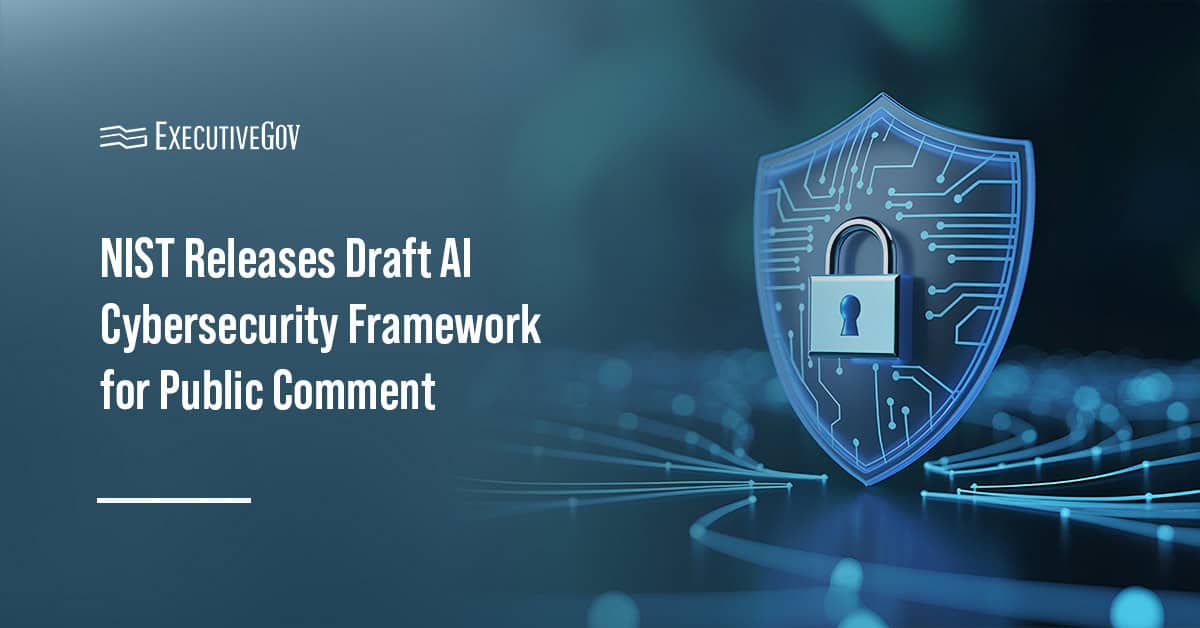The Defense Information Systems Agency has announced that its Cybersecurity Service Provider team is supplying strategic partners with Endguard, a new tool for enhancing cyber defense. With the new platform, its users will gain access to a round-the-clock endpoint detection and monitoring tool, DISA said in a LinkedIn post Monday.
According to the agency’s post, Endguard operates through Windows, macOS, Unix and Linux systems and uses Microsoft Defender for automated endpoint and server detection. The tool’s automation supports the utilization of every server and endpoint in cyberthreat detection, enables quick response to disrupt threats and simplifies implementation through cloud-based technologies, the agency added.
Table of Contents
Real-Time Detection Capability
The tool’s threat detection and response capabilities rely on the cloud-native Microsoft Sentinel platform designed to provide real-time detection and analysis, as well as event management on mitigation and response.
Endguard simulations during the recent U.S. European Command exercise showed 100 percent detection of endpoint team attacks and 94 percent for individual threats, DISA noted.
Main Service Delivery Enabler
Jason Mowery, DISA IT specialist, described Endguard as a “new standard” for effective agency services.
“Endguard will be the main service delivery enabler for the majority of our strategic partners in the near future, allowing DISA to continue to deliver world-class cybersecurity services to the United States Department of Defense.”
During the 2024 Department of the Air Force Information Technology & Cyberpower Conference in September, DISA Director Lt. Gen. Robert Skinner, a Wash100 awardee, stressed the need for the DOD to enhance its cybersecurity measures and technologies to counter threats and protect critical networks. He also highlighted how optimizing operations and industry collaboration can help secure the U.S. cyber landscape in the future.





